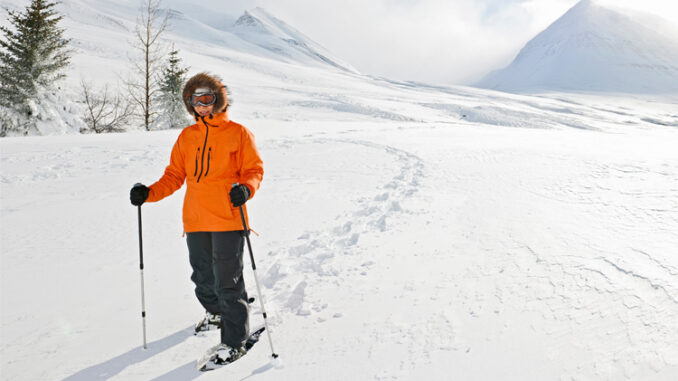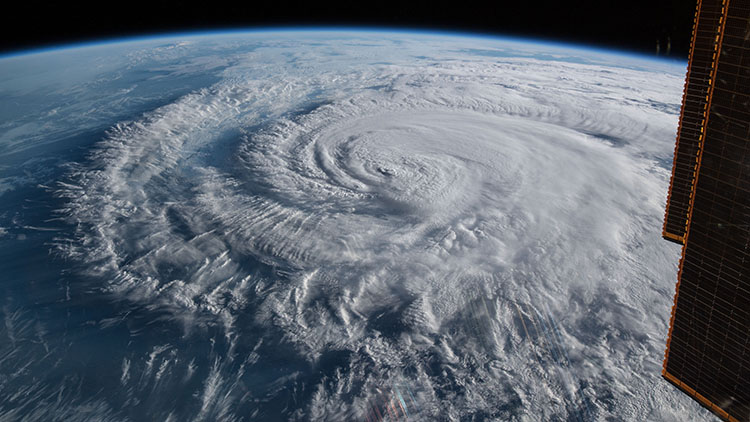
Have you ever tried to walk in deep snow? It is nearly impossible. Every step you take, you sink down into the snow. This might not seem like a big problem now. When it snows, we can just stay inside, but thousands of years ago that was not an option. To survive, humans needed to hunt and migrate in the snow. Fortunately, humans engineered a solution to this problem. They made snowshoes that allowed them to walk on the snow. People still use snowshoes and other similar technologies to get around in the snow today.
Snowshoes work by decreasing the amount of pressure a person puts on the snow as they walk. Pressure is the amount of force per unit area. The force comes from your weight [the force on an object due to gravity]. Your weight cannot be changed, but the area the force is applied to can. Snowshoes are much bigger than your foot, so they spread the force of your weight out over a bigger area, resulting in less pressure on the snow. Instead of sinking in the snow, you float on it!
Snowboards, skis, and sleds use the same concepts. They have a large surface area to decrease the amount of pressure on the snow, so you don’t sink in it.

Animals that live in areas that get lots of snow have adaptations that help them survive in their snowy habitats. For example, Canadian lynx and Siberian tigers have wide, furry paws that work like snowshoes to prevent them from sinking in the snow.
What Do You Think? How do you think the size of a person’s snowshoes is related to their weight?
Photo Credit: (t)Henn Photography/Image Source, (b)Nate Berg/ USFWS



